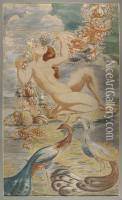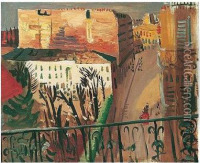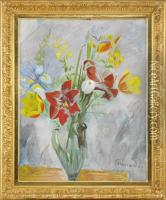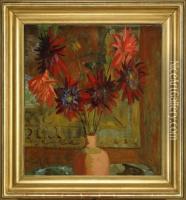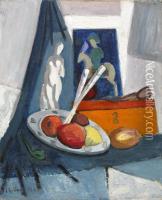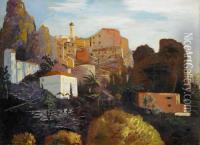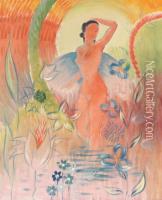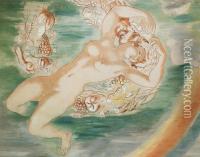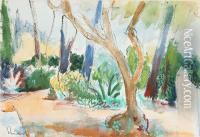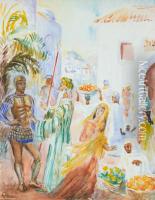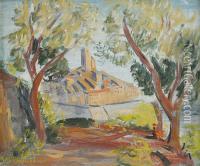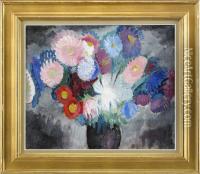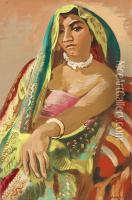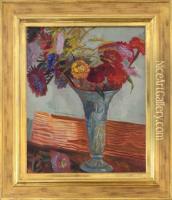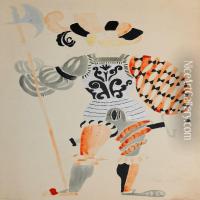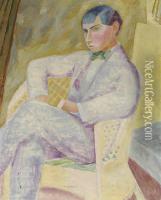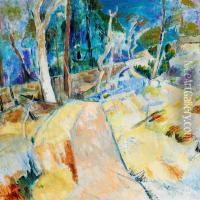Isaac Grunewald Paintings
Isaac Grunewald was a prominent Swedish painter and one of the leading figures in the Swedish modernist movement in the early 20th century. Born on September 2, 1889, in Stockholm, Sweden, into a Jewish family, Grunewald was exposed to the vibrant cultural life of the city from an early age. He showed an early interest in art and was particularly drawn to the radical changes happening in European art during his formative years.
Grunewald's artistic journey began at the Royal Swedish Academy of Arts in Stockholm, where he studied from 1908 to 1910. However, his quest for avant-garde artistic expressions led him to Paris, the epicenter of the art world at the time. In Paris, he became a student at Henri Matisse's academy in 1911, a pivotal experience that significantly influenced his style and artistic direction. Grunewald embraced Matisse's use of vivid colors and bold forms, integrating these elements into his own work and bringing a fresh perspective to Swedish art.
Throughout his career, Grunewald was instrumental in introducing modernist ideas to Swedish art. Alongside his contemporaries, such as Einar Jolin and Sigrid Hjertén, with whom he had a tumultuous and inspiring marriage, Grunewald played a key role in the acceptance and development of modernism in Sweden. His works, characterized by their expressive use of color and innovative compositions, span a variety of subjects, including portraits, landscapes, and religious scenes.
In the 1920s and 1930s, Grunewald solidified his reputation as a leading modernist painter. He was also a dedicated teacher, influencing a new generation of Swedish artists through his teaching positions at the Royal Swedish Academy of Arts and his own art school, which he founded in 1919.
Isaac Grunewald's contributions to the art world were cut short when he tragically died in a plane crash on May 22, 1946. Despite his untimely death, Grunewald's legacy endures through his vibrant paintings and his role in shaping the course of Swedish modernism. His works are celebrated in major museums and collections in Sweden and around the world, testament to his enduring influence on the art world.
